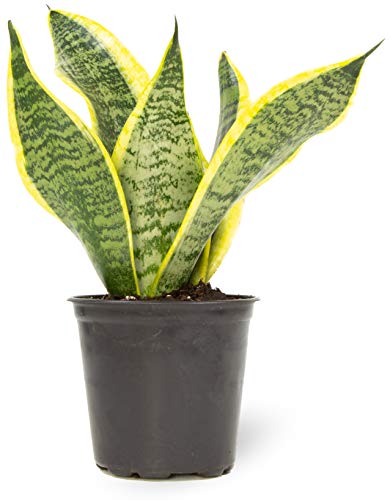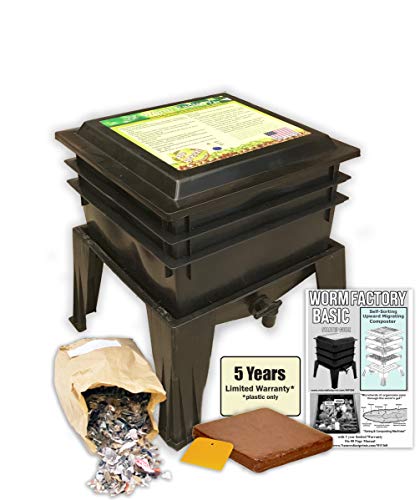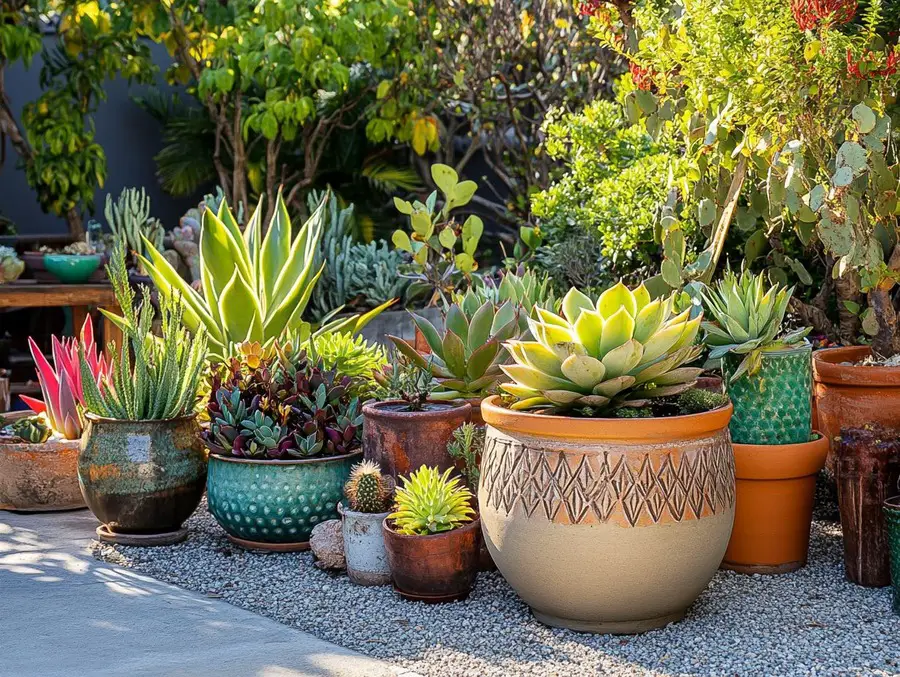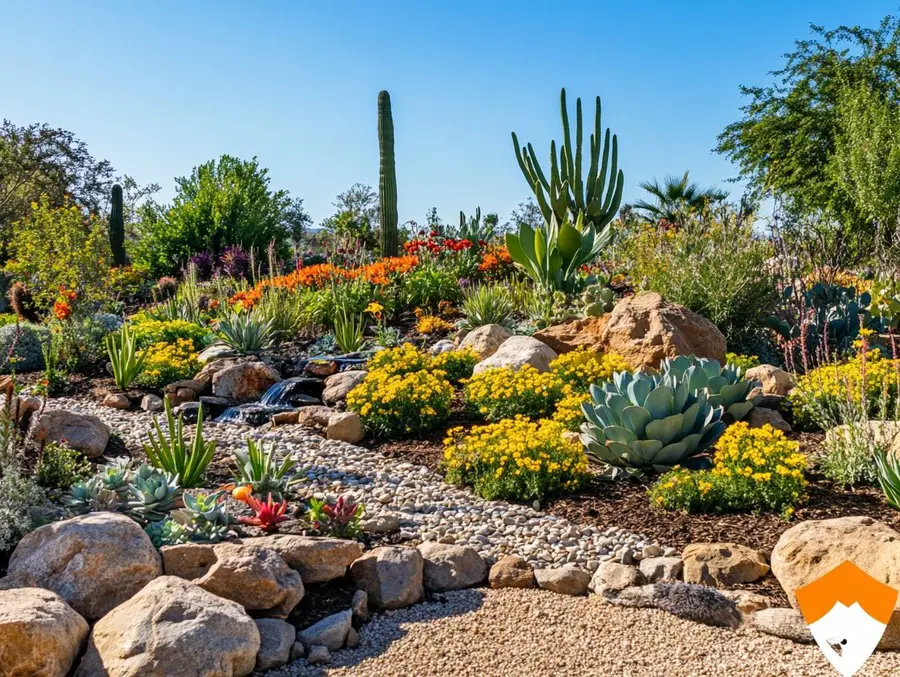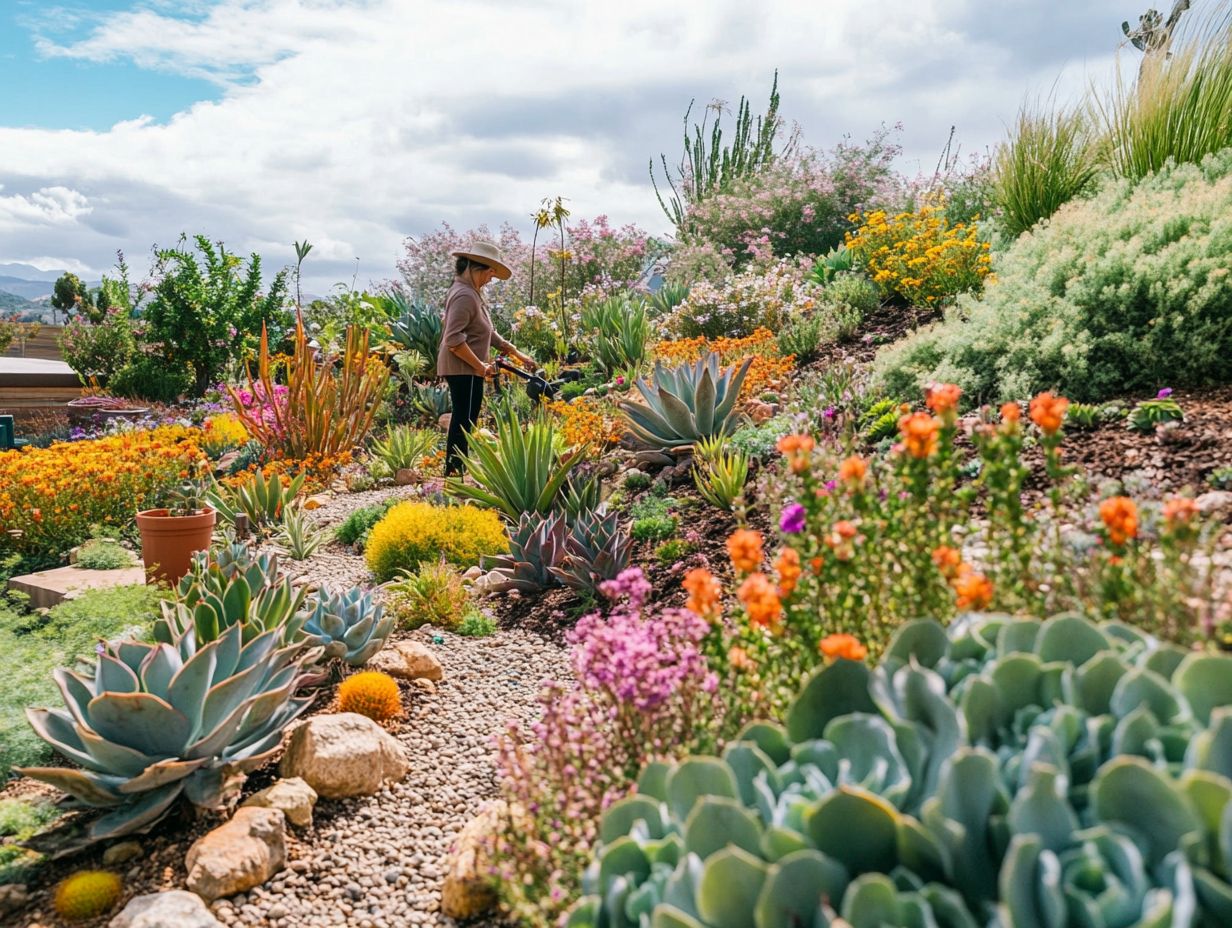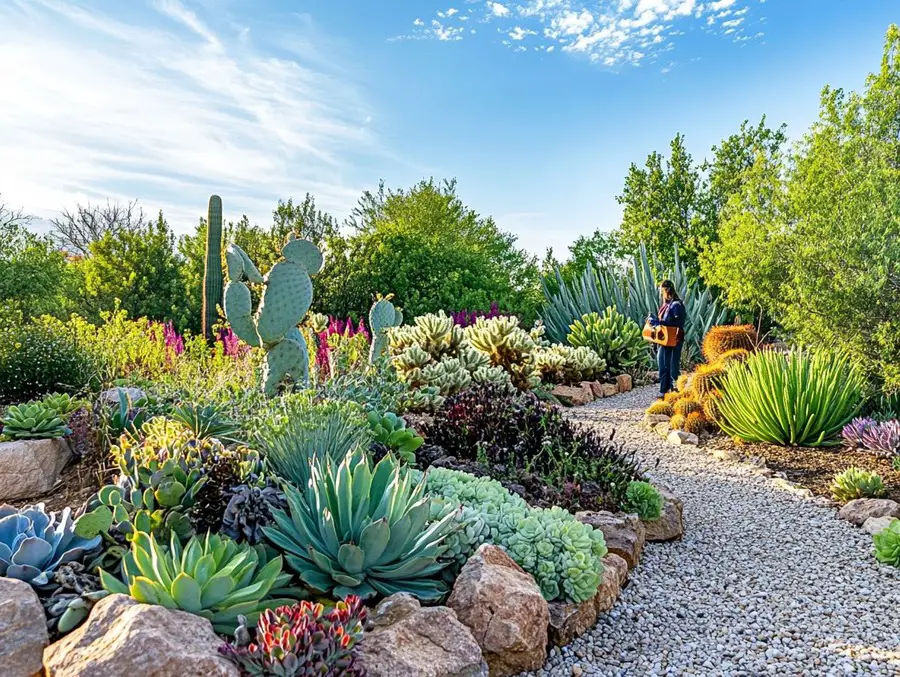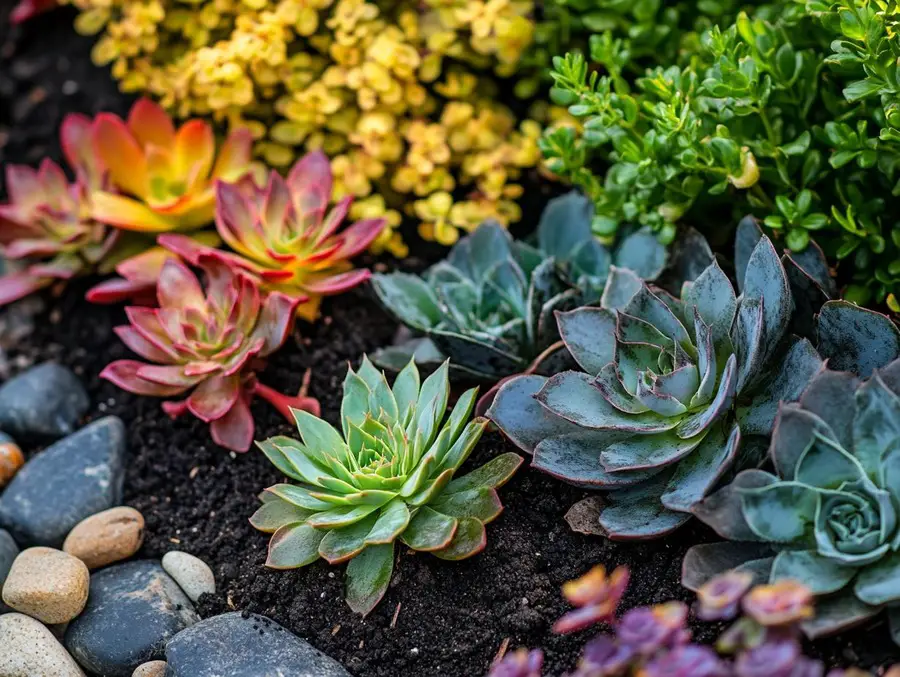We use affiliate links. If you purchase something using one of these links, we may receive compensation or commission.
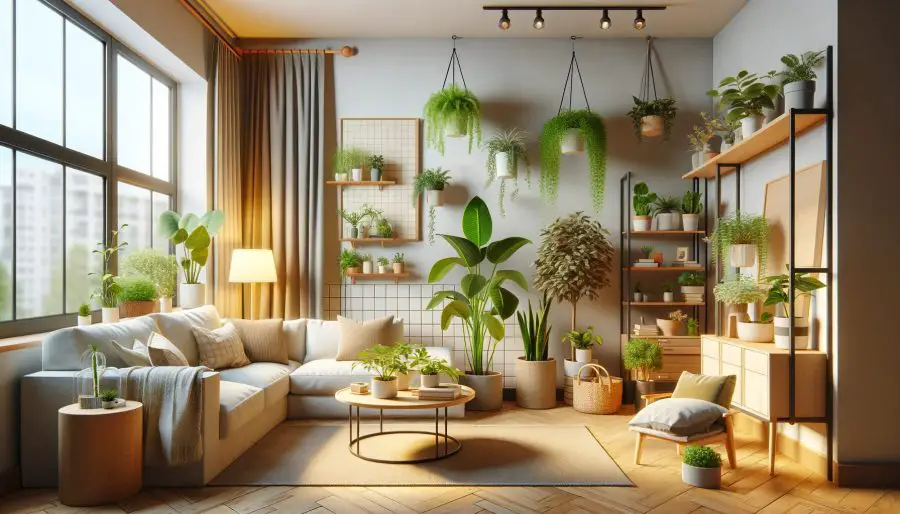
Discover the joy of green living with our guide on apartment plants for beginners! Easy tips for choosing, caring for, and decorating with plants in small spaces.
Key Takeaways:
- Growing apartment plants for beginners involves selecting low-maintenance, space-efficient species.
- Start with plants like Pothos or Spider Plant, which require minimal care and adapt well to indoor environments.
- Regular watering, adequate light, and proper soil are key to nurturing your green oasis.
Welcome to the vibrant world of apartment plants for beginners!
Whether you’re a seasoned green thumb or just starting, we’ll guide you through choosing and caring for plants that will thrive in your apartment, turning it into a lush, green haven.
Apartment Plants for Beginners
Apartment living doesn’t mean sacrificing the joys of having greenery in your life.
Embracing apartment plants offers a myriad of benefits, from enhancing your living space to improving air quality.
For beginners, the key is to choose plants that thrive in indoor environments and require minimal upkeep.
Plants like Pothos (Epipremnum aureum) and Spider Plant (Chlorophytum comosum) are excellent starters due to their hardiness and air-purifying qualities.
Whether you have a sprawling living room or a cozy corner, these plants can add a refreshing touch to your home.
Benefits of Apartment Gardening
Health Benefits
Living among plants does more than just beautify your space.
NASA’s Clean Air Study has shown that certain indoor plants, like Peace Lilies, can significantly reduce indoor air pollutants such as ammonia and formaldehyde.
This not only cleanses your living environment but also helps alleviate symptoms associated with Sick Building Syndrome – a condition caused by polluted indoor air leading to headaches, dizziness, and fatigue.
Supporting Urban Food Movement
The Urban Farming Movement is gaining traction, encouraging city dwellers to grow their own food.
By cultivating edible plants like herbs and tomatoes in your apartment, you’re contributing to a sustainable food system.
This practice reduces food production waste and greenhouse gas emissions associated with industrial-scale farming.
Reconnection with Nature
Incorporating plants into your living space aligns with biophilic design principles, fostering a connection with nature.
Studies from the University of Michigan suggest that having plants around can boost productivity, creativity, and cognitive performance by up to 20%.
For those seeking a therapeutic hobby, apartment gardening offers a peaceful retreat amidst the hustle and bustle of urban life.
Medicinal Value
Beyond their aesthetic appeal, many plants offer medicinal benefits. Aloe Vera, for example, is renowned for its skin-soothing properties and can be used in various DIY beauty recipes.
Cultivating plants with medicinal properties can be both cost-effective and rewarding.
Carbon Absorption
Indoor plants like the Bamboo Palm are not just decor; they’re also mini air purifiers. They absorb carbon dioxide and release oxygen, enhancing the air quality in your apartment.
Choosing the Right Plants for Your Apartment
Selecting the right plants is crucial for successful apartment gardening.
Beginners should look for species that can thrive in indoor conditions with varying light levels and limited space.
Pothos (Epipremnum aureum)
- Light: Prefers bright, indirect light but can tolerate low light.
- Watering: Requires watering approximately once a week.
- Benefits: Known for its air purification properties, Pothos can eliminate toxins like formaldehyde, commonly found in carpets and rugs.
Spider Plant (Chlorophytum comosum)
- Light: Thrives in low-to-bright, indirect sunlight.
- Watering: Water frequently but allow soil to dry between waterings.
- Benefits: Excellent at filtering out indoor air pollutants, including formaldehyde and benzene.
Aloe Vera
- Light: Prefers bright, indirect sunlight.
- Watering: Water approximately every three weeks.
- Benefits: Besides air purification, Aloe Vera provides medicinal properties, useful for treating skin irritations and burns.
Snake Plant (Dracaena trifasciata)
- Light: Can survive in low light conditions.
- Watering: Requires minimal watering, about once a month during dry winter months.
- Benefits: Releases oxygen at night, enhancing sleep quality. It also filters indoor air pollutants.
ZZ Plant (Zamioculcas zamiifolia)
- Light: Does well in indirect sunlight.
- Watering: Drought tolerant; requires infrequent watering.
- Benefits: Hardy and durable, making it perfect for beginners. Note: It is toxic if ingested, so keep away from pets and children.
Apartment Gardening Tips
Lighting Considerations
- Assess the natural light available in your apartment and choose plants accordingly.
- Use artificial light like LED grow lights to supplement natural light, especially during shorter winter days. However, be cautious not to burn the plant leaves with excessive exposure.
Learn more: 22 Best Low-Light Plants for Apartments
Watering Techniques
- Watering frequency depends on various factors like the warmth of your apartment, the time of year, and the specific needs of your plants.
- For dry soil, ensure thorough watering until the soil is completely moist. You can also use a shallow bath for bottom watering.
Utilizing Vertical Space
- In limited spaces, vertical gardening using wall or hanging planters can be an effective solution.
- This approach allows for a lush indoor garden without occupying much floor space.
Creating a Sustainable Apartment Garden
Creating a sustainable apartment garden involves more than just selecting the right plants.
It’s about adopting eco-friendly practices that contribute to a healthier environment, both indoors and out.
This approach includes responsible waste management, selecting safe plants for pets and children, and innovative gardening solutions.
Composting and Using Organic Waste as Plant Food
Composting in an apartment setting turns kitchen scraps into nutrient-rich soil, enhancing plant growth.
This sustainable practice not only reduces waste but also provides free, organic fertilizer for your plants.
Consider adding a worm bin to your apartment. They are small and odorless. Their worm castings make great organic fertilizer.
Choosing Non-Toxic Plants for Homes with Pets and Children
It’s essential to research and select plants that are safe for the entire household.
Many common houseplants can be toxic to pets and children, so opt for non-toxic varieties like the Bamboo Palm or Boston Fern.
Upcycling and DIY Planter Ideas for Eco-Friendly Gardening
Embrace creativity and sustainability by upcycling household items into planters.
This not only adds a personal touch to your garden but also reduces waste.
DIY planters can be fashioned from items like old containers, cans, or even shoes, adding a unique and eco-conscious element to your gardening efforts.
Seasonal Care for Apartment Plants
Adapting to the changing seasons is crucial for the health of apartment plants.
Each season brings different light levels, temperatures, and humidity, affecting plant growth and care requirements.
Winter Care
- Reduced Watering: Plants require less water in winter due to slower growth and lower evaporation rates.
- Light Maximization: Position plants near windows to maximize limited winter sunlight.
Summer Care
- Increased Watering and Humidity: Higher temperatures and sunlight intensity might require more frequent watering and misting.
- Shade Management: Protect plants from intense direct sunlight to prevent leaf burn.
Dealing with Limited Space
Limited space challenges can be creatively addressed to enhance your apartment’s greenery without overcrowding.
Vertical Gardening
- Utilize wall-mounted planters or hanging baskets to save floor space.
- Shelves or tiered plant stands can host multiple plants in a compact area.
Multi-Functional Planters
- Choose planters that double as décor pieces.
- Consider using window boxes for external windows to expand planting space.
Pest Management in Apartment Gardens
Keeping your indoor garden pest-free is essential for plant health. Identifying and managing pests early can prevent infestations.
Common Pests and Solutions
- Aphids and spider mites: Use neem oil or insecticidal soap as a safe treatment.
- Regularly inspect plants for early signs of pests to take prompt action.
Preventive Measures
- Maintain plant hygiene by wiping leaves and avoiding overwatering.
- Introduce natural predators like ladybugs for biological pest control.
Water Conservation Tips for Indoor Plants
Conserving water is not only environmentally responsible but also crucial for plant health. Overwatering can be as harmful as under-watering.
Efficient Watering Techniques
- Use water meters or finger tests to check soil moisture before watering.
- Collect and reuse water from dehumidifiers or rainwater for irrigation.
Water-Saving Plant Choices
- Opt for drought-resistant plants like succulents and cacti which require minimal watering.
Decorating with Plants
Integrating plants into your apartment décor can transform your living space, adding both beauty and health benefits.
Aesthetic Placement
- Use plants as living art by creating a green wall or centerpiece.
- Select planters that complement your interior design theme.
Functional and Decorative
- Choose plants of varying heights and textures for visual interest.
- Utilize plants as natural dividers to define different areas of your apartment.
FAQs on Apartment Plants for Beginners
Embarking on your plant parenting journey in an apartment setting might bring up several questions.
Here, we address some of the most common queries to help you nurture your indoor garden with confidence.
Q: What are the easiest plants to care for in an apartment?
A: For beginners, low-maintenance plants like Pothos, Spider Plant, and ZZ Plant are ideal. They require minimal watering and can thrive in varying light conditions.
Q: How often should I water my apartment plants?
A: The watering frequency depends on the plant type and the environment in your apartment.
Typically, you should water when the top inch of the soil feels dry. However, succulents and cacti require less frequent watering.
Q: Can I grow edible plants in an apartment setting?
A: Absolutely! Many edible plants like herbs, cherry tomatoes, and small chili peppers can thrive in apartment settings, especially if placed on a sunny windowsill.
Q: Do all apartment plants need direct sunlight?
A: No, not all apartment plants need direct sunlight. Many, such as Snake Plants and ZZ Plants, thrive in low-light conditions.
It’s important to understand the light requirements of each plant species.
Q: How can I tell if I’m overwatering my plants?
A: Signs of overwatering include yellowing leaves, soft and mushy stems, and standing water in the pot.
A good rule is to check the soil moisture an inch down with your finger before watering. If it’s dry it’s time to water if not wait.
Q: Is it possible to grow vegetables in an apartment?
A: Yes, many vegetables can be grown in apartments, especially if you have a balcony or a sunny windowsill.
Leafy greens, herbs, and small varieties of tomatoes and peppers are great options.
Q: Can indoor plants help improve air quality?
A: Yes, certain indoor plants like Spider Plants and Peace Lilies have been shown to improve air quality by filtering out pollutants.
Q: How do I choose the right pot for my apartment plants?
A: Choose pots with proper drainage holes to prevent waterlogging. The size of the pot should accommodate the root system of the plant, with room for growth.
Conclusion: The Rewarding Journey of Apartment Gardening
Starting on the journey of apartment gardening brings a world of benefits that extend well beyond the aesthetic.
It’s a step towards a healthier, more sustainable lifestyle, offering a unique blend of mental well-being, air quality improvement, and a deeper connection with nature.
Health and Wellness
- Mental Wellbeing: Nurturing plants can significantly reduce stress and improve mood.
- Improved Air Quality: Many houseplants actively purify indoor air, removing toxins.
Sustainable Living
- Eco-Friendly Practices: Composting and using recycled materials in gardening contribute to a sustainable lifestyle.
- Homegrown Nutrition: Growing your own herbs and vegetables ensures a fresh, organic food source.
Connection with Nature
- Biophilic Design: Incorporating plants into your living space fosters a connection with nature.
- Biodiversity: Indoor gardens can support local ecosystems, even in urban settings.
Whether you’re growing air-purifying foliage, and edible herbs, or engaging in eco-friendly practices like composting, each small step contributes to a greener, more harmonious living space.
So, start small, choose plants that resonate with your lifestyle, and watch as your apartment transforms into a thriving green oasis.
Learn more: Apartment Gardening Comprehensive Guide for Beginners
Best Vegetables to Grow in an Apartment – Urban Gardening Ideas
Related Content
Visit my Amazon Influencer Page for videos and gardening products Grow Your Own Garden




